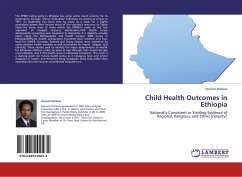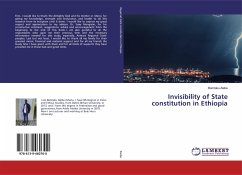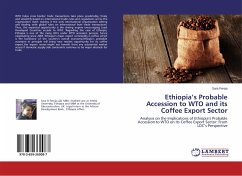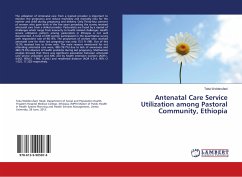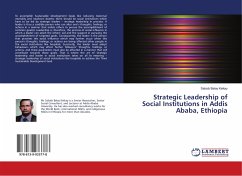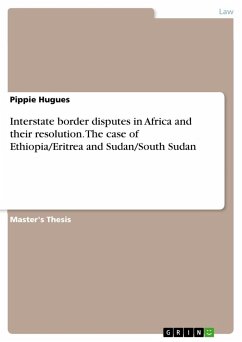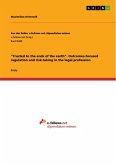The EPRDF ruling party in Ethiopia has come under much scrutiny for its governance through ethnic federalism following its coming to power in 1991. Its leadership has been seen by many as a mask for a highly centralized system that focuses much of the country s resources to Tigray State the home state of many within the EPRDF.In order to test the argument of unequal resource distribution,child health across demographic groupings was measured to determine if a disparity actually exists. Using the Demographic and Health Surveys 2005 survey in Ethiopia(EDHS),six health productions functions (two national and four local for SNNPR, Oromiya, Amhara,and Tigray States) were estimated by using common health variables as well as variables for region, religion, and ethnicity. These models seek to identify the major determinants of health for Ethiopian children under six years of age through their height-for-age z-scores(HAZs), and if this health score is nationally consistent. This work is a starting point for future health policy as it measures how and where inequities in health, and therefore living standards, likely exist rather than assuming what the sources of predicted inequities are
Bitte wählen Sie Ihr Anliegen aus.
Rechnungen
Retourenschein anfordern
Bestellstatus
Storno

